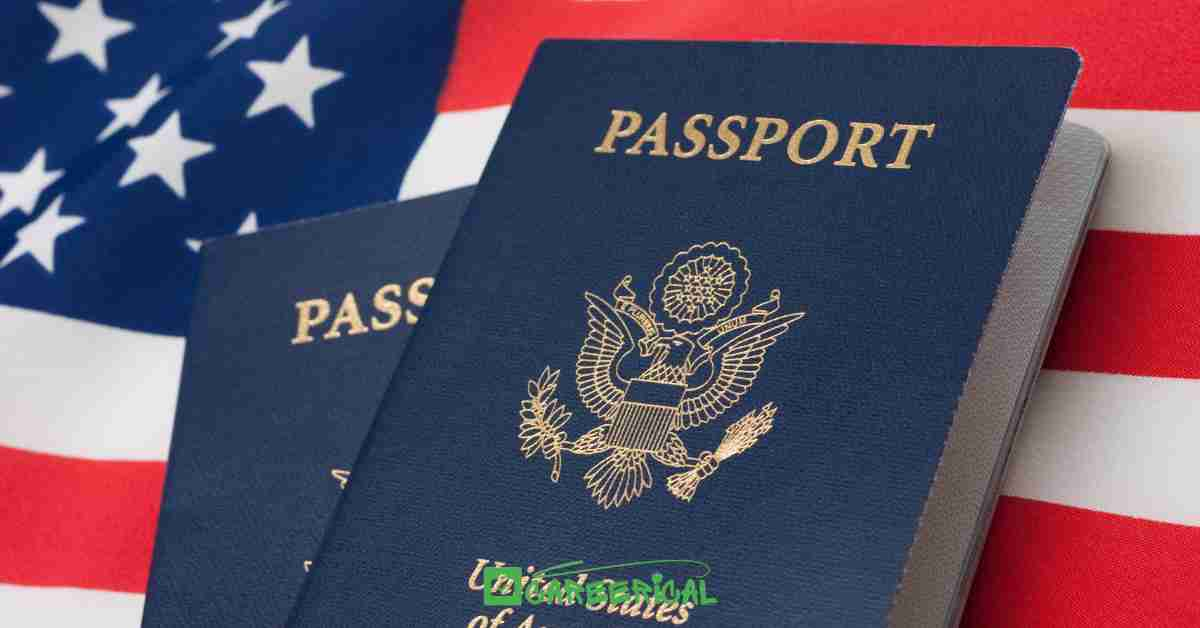No Visa, No Passport? How ESTA Is Changing U.S. Entry for Travelers in 2026
ESTA stands for Electronic System for Travel Authorization. It’s a streamlined digital entry system under the Visa Waiver Program (VWP), which allows citizens of certain countries to visit the U.S. for tourism, business, or transit without a visa.
Think of ESTA as a fast-track entry pass. It’s not a visa, but it replaces the need for one if you meet the criteria. The entire process is online—no embassy visits, no interviews, no paperwork.
Here’s what you’ll need:
- A valid electronic passport (with an embedded chip)
- About 10 minutes to complete the online form
- A $21 application fee
Once approved, ESTA lets you stay in the U.S. for up to 90 days. However, approval doesn’t guarantee entry. The final decision rests with the Customs and Border Protection (CBP) officer at your point of arrival.
Who Can Use ESTA to Enter the U.S.?
Only citizens of countries participating in the Visa Waiver Program are eligible. These include:
- United Kingdom
- France
- Germany
- Italy
- Spain
- Japan
- South Korea
- Australia
- New Zealand
- And several others
To qualify, you must:
- Hold a valid electronic passport from a VWP country
- Travel for tourism, business, or transit
- Stay less than 90 days
- Receive ESTA approval before boarding your flight or crossing the border
Since 2022, ESTA is also required for land entries from Mexico or Canada—not just air or sea travel.
For a full list of eligible countries and details, visit the official U.S. Department of Homeland Security site.
How to Apply for ESTA
Applying for ESTA is simple and fast. Here’s how:
- Go to the official ESTA portal
- Fill out your personal details and travel information
- Answer a brief security questionnaire
- Pay the $21 fee using a credit or debit card
- Submit your application
Most approvals come within hours, but it’s best to apply at least 72 hours before your trip. Once approved, your ESTA is digitally linked to your passport and shared with airlines and immigration systems—no need to print anything.
Recommended posts:
What About Travelers from Latin America?
Currently, no Latin American country is part of the Visa Waiver Program. That means citizens of Mexico, Colombia, Argentina, Peru, Chile, and others still need to apply for a traditional B1/B2 visa.
While some governments are in talks to join the program, there’s no confirmed timeline. Until then, the standard visa process remains in place for Latin American travelers.
ESTA Is Digital, But Security Is Still Tight
Don’t let the word “digital” fool you—ESTA doesn’t mean lax security. Every application is screened against global databases for terrorism, health risks, and criminal records.
Even with an approved ESTA, CBP officers have the final say. If your information doesn’t match or raises concerns, you can be denied entry.
So while ESTA makes travel more convenient, it doesn’t eliminate border controls.
The Future of Biometric Entry
The U.S. is also expanding its biometric entry systems, which use facial recognition and other technologies to speed up arrivals. Passport stamps may soon be a thing of the past, replaced by a quick scan and a smile.
Whether this makes travel faster remains to be seen. But one thing’s clear: the future of international entry is digital, secure, and evolving.
FAQs
Is ESTA a visa? No. It’s a travel authorization for eligible travelers under the Visa Waiver Program.
How long can I stay in the U.S. with ESTA? Up to 90 days per visit.
Do I need to print my ESTA approval? No. It’s electronically linked to your passport and shared with airlines and immigration systems.
Can I use ESTA for work or study? No. ESTA is only for tourism, business meetings, or transit. You’ll need a proper visa for work or study.
What happens if my ESTA is denied? You’ll need to apply for a traditional visa through the U.S. embassy or consulate.
More Opportunities:
- Study in Canada for Free: University of Saskatchewan Scholarships 2026
- 500 Hours to Residency: How to Qualify for the UAE Golden Visa Through Volunteering
- Tier 2 Visa Sponsorship: Care Assistant Jobs in the UK
- Richard C. Malmsten Memorial Foundation Scholarship 2026 at the University of Gothenburg
- 🇨🇭 Visa Sponsored Farm Worker Jobs in Switzerland for 2025


Post Comment